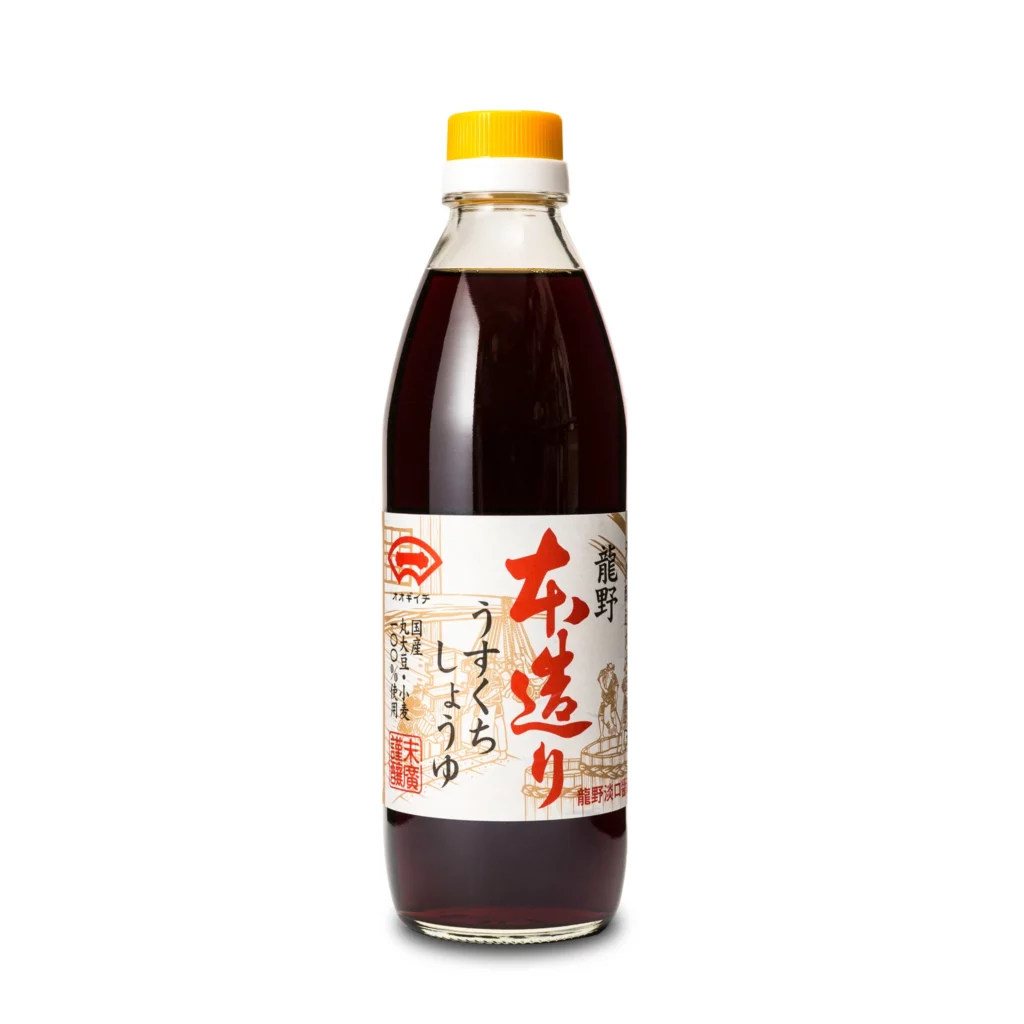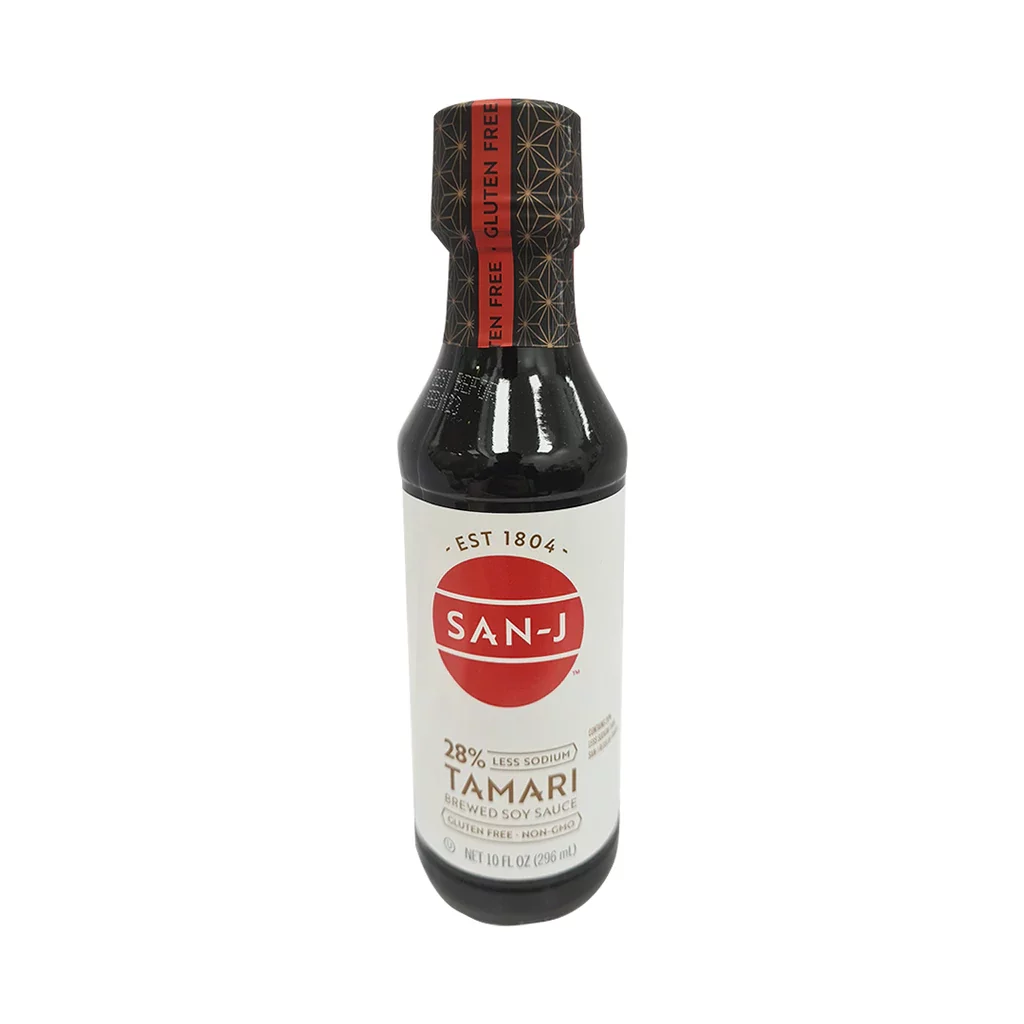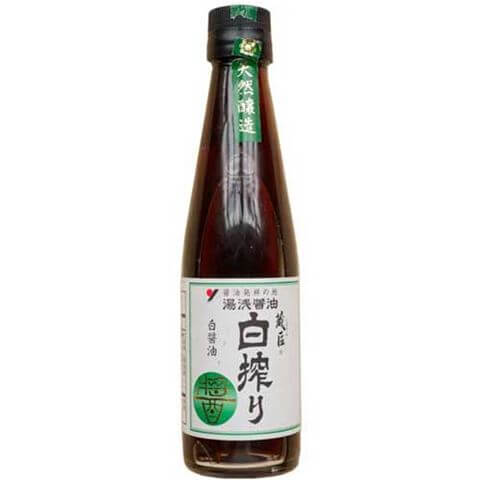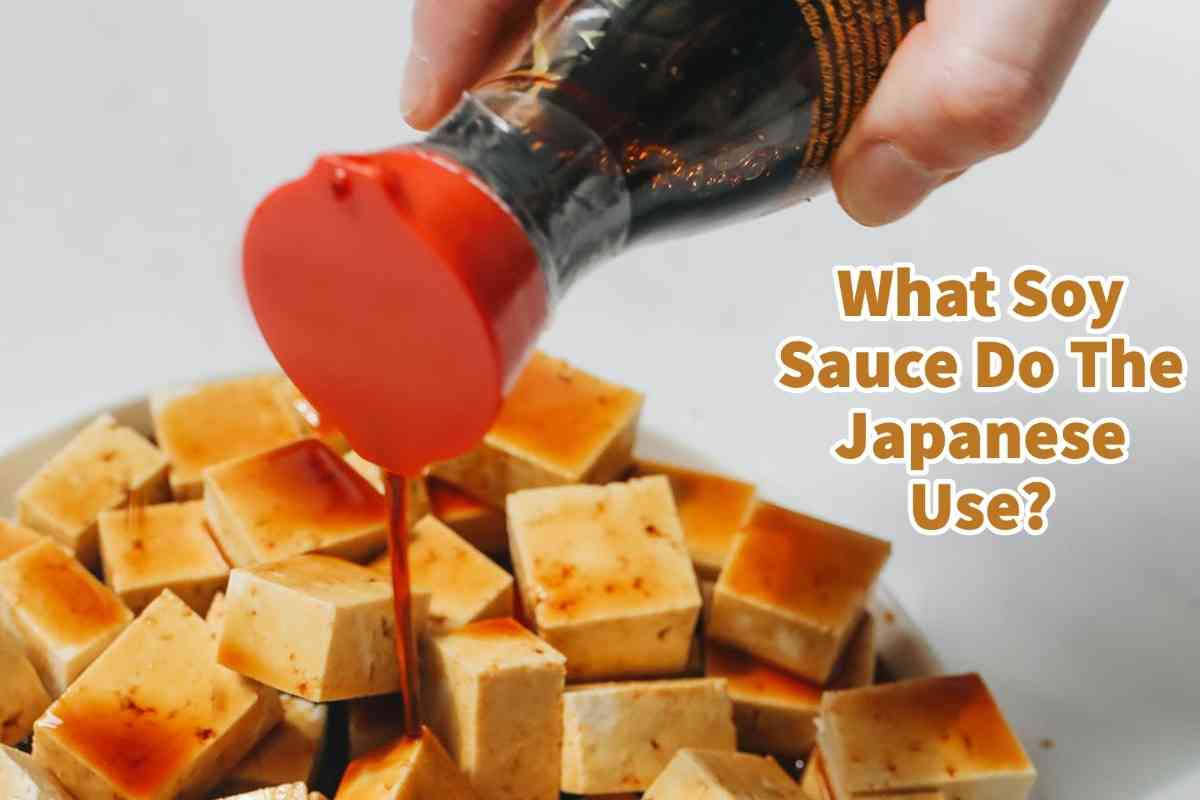Anyone looking to travel to Asia will soon discover that one of the staples in almost all Asian countries and Asian cooking is soy sauce. Soy sauce is an essential part of food throughout Asia.
Japan has a variety of soy sauces that they have used for centuries. Today the most popular soy sauce is Koikuchi. At least 80% of all soy sauce produced in Japan is Koikuchi soy sauce. But even the Koikuchi soy sauce comes in various types and grades according to its content and how they are made.
Table of Contents
- About Japanese Soy Sauce
- Japanese Soy Sauce Differences Explained
- Varieties Of Japanese Soy Sauces Or Shoyu
- Related Questions
About Japanese Soy Sauce
If you’ve eaten out with Japanese food, you probably recognize the dark brown salty liquid used as a condiment in many dishes. Soy sauce, also called Shoyu in Japanese, is one of the all-purpose ingredients in Japanese cooking.
Soy sauce originated in China over 1,000 years ago, so it is one of the oldest continents on the planet. It is an essential part of Asian cooking and a mainstream condiment in the west. Without soy sauce, Japanese sushi would not taste the same.
In the 17th century, when Buddhism came to Japan from China, the Buddhists introduced to Japan vegetarianism and brought many soy-based products such as soy sauce. Since that time, Japan has been using soy sauce as one of its main condiments.
Japanese Soy Sauce Differences Explained
Japanese soy sauce or Shoyu, is not the same as what is known as Chinese soy sauce. This is because, over the years, the Japanese have changed and adjusted the production of their soy sauce to meet their dietary requirements.
Here are some differences between Japanese soy sauce when compared to Chinese soy sauce:
- Wheat – Japanese soy sauce includes more wheat, giving it a slightly sweeter taste than Chinese soy sauce. Some soy sauces in Japan can have as high as 50% wheat as their ingredients.
- Alcoholic Taste – The Japanese soy sauce also has an alcoholic, almost sherry-like flavor that can be enhanced with additional small amounts of alcohol as a natural preservative.
- Variety – Japanese soy sauce has a wide variety of soy sauces. Some are used in specific recipes because the taste of the soy sauce is key to the recipe’s success.
Varieties Of Japanese Soy Sauces Or Shoyu
In Japan, there is a vast variety of soy sauces. Not all soy sauces are precisely the same. And different types of soy sauce can have a different use. When cooking or eating Japanese food, it is good to know about the different varieties of Japanese soy sauce.
Japanese soy sauce can be light, light, dark, and thick. There are so many wide varieties of Japanese soy sauce; when cooking, eating, or traveling to Japan, it is good to know and discover all the types.
Different Major Traditional Varieties Of Japanese Soy Sauces
Japan has a lot of traditional soy sauce. Here are some of the significant soy sauces they have used in Japan for centuries.

- Koikuchi – A soy sauce that is known to have a thick taste. The soy sauce is originally from the Kanto region but eventually spread throughout Japan. Over 80% of all Japanese domestic soy sauce production is Koikuchi which is probably the soy sauce you have eaten with your Japanese food. The Koikuchi soy sauce is made from about an equal amount of soybeans and wheat.

- Kijoyu – The Kijoyu is the name for the Koikuchi soy sauce when the Koikuchi type of soy sauce is not pasteurized.

- Usukuchi – This soy sauce is also known for its thin taste. About 14% of all soy sauce production in Japan is Usukuchi soy sauce. The Usukuchi soy sauce is very popular in the Kansai region of Japan. The Usukuchi soy sauce is matured for less time than the Koikuchi soy sauce, so the soy sauce is both saltier and lighter in color. The Usukuchi soy sauce is commonly used for cooking as it does not alter the color and taste of the ingredients you are cooking.

- Tamari – The Tamari soy sauce is made mainly in the Chubu region of Japan. The Tamari is darker in appearance and richer in flavor than the Koikuchi soy sauce. The Tamari soy sauce contains little or no wheat. You can find wheat-free Tamari for people with gluten intolerance. About 1.5% of soy sauces produced in Japan are Tamari. Tamari is considered the original Japanese soy sauce as it is very closely associated with the soy sauce first introduced to Japan from China. Tamari soy sauce is a famous soy sauce to be eaten with sashimi and is becoming more popular in the United States.

- Shiro – Shiro soy sauce is known as white soy sauce. It is produced with mainly wheat and very little soybean, so the soy sauce has a white appearance and sweet taste. Shiro has been used in Japan for what is considered high-class cooking. This soy sauce may be perfect if you are looking for a heavier, sweeter soy sauce that will not overpower the flavor of your food.

- Saishikomi – Saishikomi soy sauce is considered the twice-brewed soy sauce. The Saishikomi soy sauce is produced with equal amounts of soybeans and wheat but brewed twice; this soy sauce’s color is very dark.

- Kanro Shoyu – The Kanro is also referred to as a twice-processed soy sauce. It is produced by taking a standard soy sauce and putting it through a double fermentation process. This makes it thick and sweet. The soy sauce is originally from the Yanai region and has spread throughout other areas of Japan.
Newer Types or Grades Of Japanese Soy Sauces
Newer soy sauce varieties are now being produced with different types or grades. You may find a Japanese soy sauce that says it is reduced salt or light. Here are some of the different kinds or grades you may find on Japanese soy sauces and what they all mean.
Exploring Newer Varieties of Soya Sauces:
This newer variety of soy sauces has been created to help suit some specific dietary needs, such as low sodium foods.
- Gen’en – Gen’en is reduced salt soy sauce. The Gen’en version of Japanese soy sauce contains 50% less salt than regular soy sauce. This soya sauce is perfect for those who need to watch their sodium intake.
- Usijio – Usijio is also known as light soy sauce. This soy sauce also contains less salt but only about 20% less than the regular soy sauce.
Understanding The Different Grades Of Japanese Soy Sauce Sold
All the varieties of Japanese soy sauces come in three different types of grades. When buying Japanese soy sauce, it is good to understand the grades.
- Honjozo – If a product has a label that shows Honjozo, the soy sauce is a 100% genuine fermented product.
- Kongo-jozo – If the product says it is kongo-jozo, then the soy sauce contains genuine fermented shoyu mash or soy sauce mash mixed with 30 to 50% of chemicals or enzymatic hydrolysate of plant protein.
- Kongo – The Kongo grade soy sauce contains a honjozo and Kongo-jozo mixed with 30 to 50% chemicals or enzymatic hydrolysate of plant protein.
Japan’s Three Official Certified Levels Of Quality
Japan also has three official certified grades of soy sauce that are sold according to the authorized levels of quality. These three levels for soy sauce are:
- Hyojun – Hyojun is the standard grade and will contain more than 1.2% nitrogen.
- Jokyu – Jokyu is the upper grade soy sauce and contains more than 1.35% of total nitrogen.
- Tokkyu -Tokkyu is a special grade of soy sauce that contains more than 1.5% of total nitrogen.
When you ask what kind of soy sauce the Japanese use, you can see varied variety, types, grades, and uses. The Japanese do not just have one kind of soy sauce but have a variety of many different kinds, grades, and types of soy sauce.
At A Bus On A Dusty Road, we talk about everything about travel, life, sailing, and ex-pat living. We are all about “Living Life As A Global Citizen.” We explore social, cultural, and economic issues and travel.
We would love to have you be part of our community. Sign up for our newsletter to keep up-to-date by clicking here. If you have any questions, you can contact me, Anita, by clicking here.
Listen to our Podcast called Dusty Roads. You can find it on all major podcast platforms. Try out listening to one of our podcasts by clicking here.
Subscribe to our A Bus On A Dusty Road YouTube Channel filled with great videos and information by clicking here.
Related Questions
Is Soy Sauce Gluten-Free? And Other Findings
Soy sauce is not gluten-free as soy sauce is traditionally made with soybeans and wheat. A Japanese soy sauce called Tamari is gluten-free as the soy sauce uses no wheat in the production process. Many companies are now producing gluten-free certified soy sauce.
By clicking here, you can discover Soy Sauce Gluten-Free? And Other Findings
Koi Fish Symbolism And Meaning Defined
Many Koi Fish swim in a pond near my house in Hanoi, Vietnam. The Koi fish were put there purposely as a sign of good luck. The Koi fish have many symbols, from their color to the fish itself. The fish can bring you positive energy, good luck, and fortune. The Koi fish remains a prevalent fish in Asia and worldwide.
By clicking here, you can discover Koi Fish Symbolism And Meaning Defined
Soy Sauce Ingredients, MSG And Other Facts
Soy sauce is when soybeans, wheat, water, and salt are fermented with a culture mold for a few months to a few years. Two basic methods are used to produce soy sauce, such as the traditional and chemical methods.
By clicking here, you can discover Soy Sauce Ingredients, MSG And Other Facts.


